- The article presents how important reflectivity of Black skin is for believable results
- it shows how to adjust textures and the Unity PBR shaders (specular workflow) to decouple specular color from the glossiness
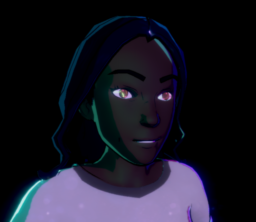
- the talk from Digital Dragons looks at open questions in rendering
- walkthrough of the various assumptions and approximations and raises the question of the most significant source of error in modern rendering pipeline?
- presenting a look at the higher-level view at how are rendering and production pipeline might evolve
- discussing tradeoffs and how a more holistic view of rendering might lead to more productivity and better results
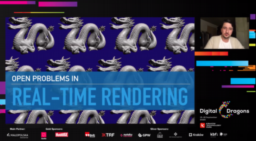
- the talk provides an overview of Roblox and how the philosophy creates an environment with very different technical challenges
- a tech that favors scalable over optimal and how it’s been able to evolve existing data to take advantage of new device abilities
- provides an overview of the engine architecture and a walkthrough of a large number of rendering systems (clustering, lighting, shading)
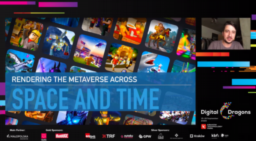
- part of tutorial series about the Unity scriptable rendering pipeline (SRP)
- covers how to support soft and distortion particles
- determining depth for orthographic and perspective projections

- presentation shows the in-progress state of the new Frostbite hair rendering system in the context of FIFA
- covering both the strand simulation and rendering
- rendering is done using a custom line rasterize, order-independent transparency, and strand space shading (texture space shading)
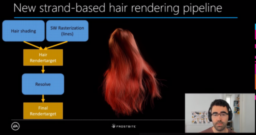
- the articles discusses how the voxel rendering in teardown uses an 8-bit color palette for voxel materials and still allows coloring
- this is archived by precalculating multiple color variations for each material
- if not enough slots are available similar materials will be merged
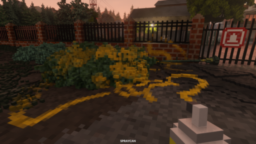
- the Bachelor thesis introduces Linearly Transformed Spherical Harmonics
- A technique for computing specular shading from to polygonal area lights
- compares the method against linearly transformed cosines, and it’s able to produce higher quality results

- the article explains a different kind of memory that exists
- how AMDs Smart Access Memory fits into the picture
- additionally covers considering of performance when using a device or host-local memory

- the article presents how the effect was implemented that allows objects to be colorized/silhouetted to make them pop out of the scene
- this is implemented by rendering AABB with per-object depth into a separate render target, marking tagged objects via stencil
- and using post-processing to apply the outline effect

- video recording of the talk covered in week 154
- the presentation explains how the raytracing for shadows has been implemented into Call of Duty
- covering acceleration structure separation, performance, denoising implementation, and supporting multiple local area lights

Thanks to Peter Kohaut for support of this series.
Would you like to see your name here too? Become a Patreon of this series.